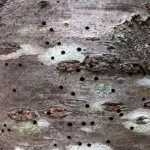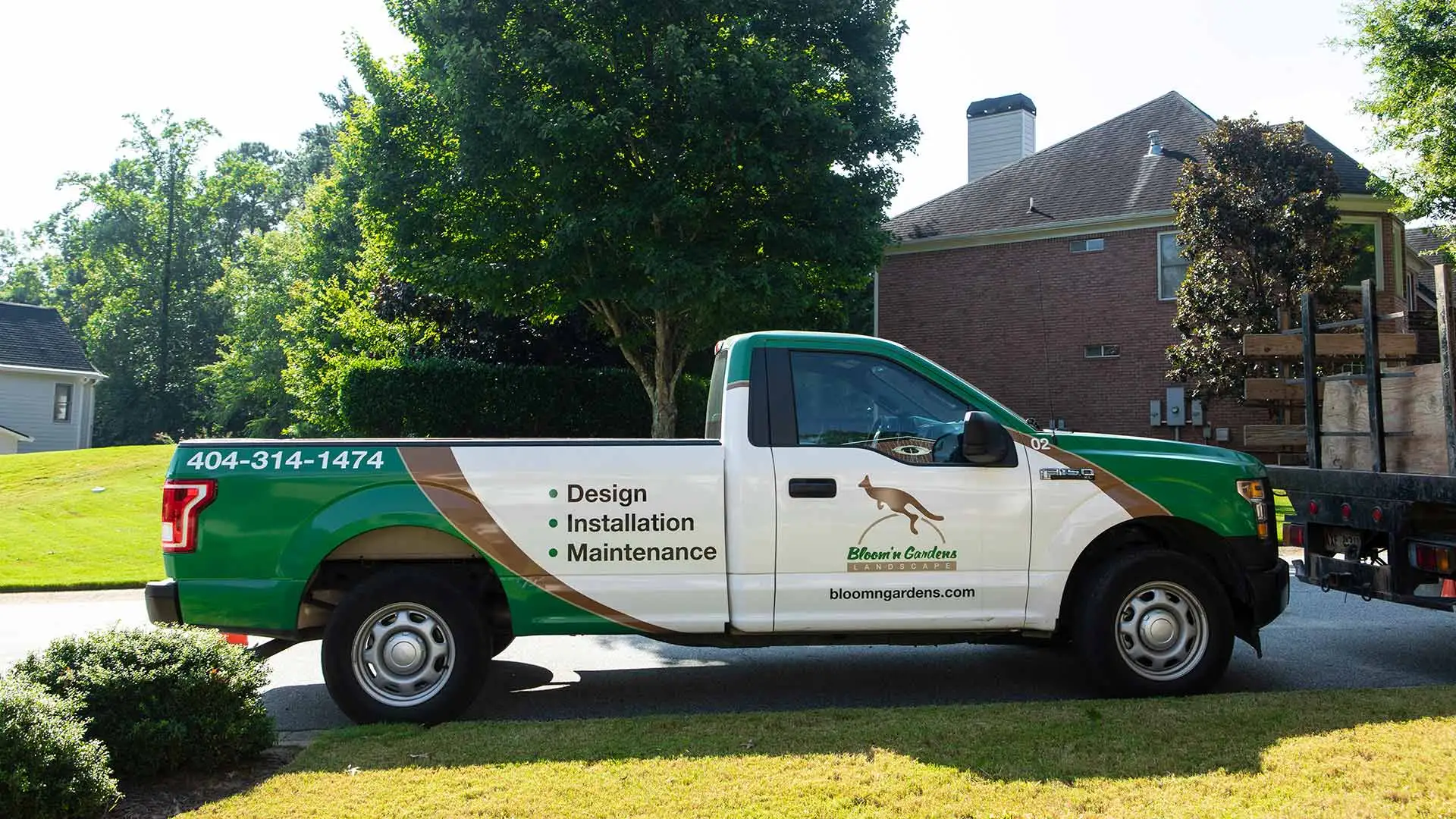Have you ever witnessed a relatively healthy tree seemingly die overnight, or so it appeared. Well this is exactly the experience we had recently at a client’s home. Granted it really didn’t die overnight, but the death was relatively quick. The exact tree in question was an ornamental weeping cherry tree that was fairly young, approximately 5” in diameter. From examination, I found tiny round holes all through the bark almost as if a BB gun had attacked the tree Al Capone style. This is a distinct indicator of Shot Hole Borer.
Shot hole borer (Scolytus rugulosus) is a bark beetle that lives between the bark and the surface of the wood where it can feed on the succulent phloem tissue. The larvae overwinter in this space and emerge in spring into early summer to feed at the base of the leaves or small twigs until it is time to tunnel back into the bark. The adult beetles will then create galleries parallel to the grain and lay approximately 50 eggs. The larvae will then expand the tunnels at right angles to the primary tunnel which effectively girdles the plant. After pupating the beetles will burrow exit holes in the bark to start the cycle all over again. The numerous entrance and exit holes are the defining characteristic of the infestation. Two life-cycles can effectively occur each year creating havoc in our landscapes
In Atlanta, we experienced a severe drought, in the mid 2000’s, that lasted several years. Witnessing a Shot Hole Borer infestation is just one indicator that our trees are under stress. Unfortunately there is little remedy for Shot Hole Borer except to keep trees healthy and vigorous. Good watering practices along with a consistent fertilization program will help to aid trees recover from stressful situations like drought. It is important to remove and burn any infected trees in winter before the adult beetles can emerge in spring. Shot Hole Borer is mainly a problem in fruit trees like apple, pear, cherry, and plum.





Comments (0)
Thanks for your comment!
Thanks for your feedback! Your comments have been successfully submitted! Please note, all comments require admin approval prior to display.
Error submitting comment!
There is a problem with your comment, please see below and try again.